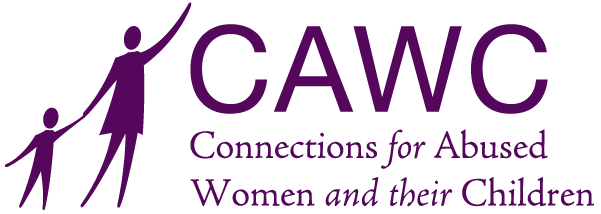In spite of how common domestic violence is (approximately 1 in 3 women and 1 in 4 men will experience it at some point in their lifetime), there’s still a surprising number of widely believed myths surrounding domestic violence and domestic violence survivors.
Addressing these myths isn’t just a matter of correctness. Allowing misconceptions about domestic violence to persist can have real consequences for the people who deal with it. Misinformation around domestic violence can make it more difficult to identify instances of abuse, help the people who are affected by it, and ultimately prevent it from happening in the future. Here, we’ll set the record straight around some of the most prevalent myths and facts about domestic violence.
Myth #1: All domestic abuse is physical.
Many people still fall back on a very stereotypical “battered woman” image when they think about domestic violence. In fact, abuse comes in many forms, and only a couple of them are physical. In addition to hitting and/or sexually abusing their partners, abusers frequently use tactics such as emotional abuse, financial abuse, isolation, verbal abuse, digital abuse or stalking, and more.
Myth #2: Perpetrators of domestic violence have anger management or impulse control problems.
This is often used as a pseudo-excuse for abuse because it implies that the abuser wasn’t in control of their actions and therefore isn’t responsible for them. In fact, abusers carefully choose who they abuse—it’s not often that you hear about someone trying to abuse their boss or co-workers.
On top of that, anger isn’t an excuse for violence. Everyone experiences anger from time to time, but not everyone takes it out by abusing the people around them.
Myth #3: If someone doesn’t leave an abusive relationship, it’s because they are weak/the abuse isn’t that bad.
Abusive relationships are often a lot more complex than they might appear to an outside observer, and the expectation that survivors of domestic violence should “just leave” is often unrealistic and unfair. A number of factors can make it difficult to leave an abusive relationship, including children, finances, work or social standing, or love for the abuser.
Myth #4: It’s none of your business, so you shouldn’t get involved if you suspect someone is being abused.
Directly or indirectly, we are all affected by domestic violence, and we can all play a role in stopping it.
Moreover, many of the people who are affected by domestic violence aren’t fully aware that what they’re experiencing is abuse, or aren’t able to leave their relationship without help. Sometimes, it takes an outside perspective or helping hand to enable them to start on their healing journey.
At Connections for Abused Women and Their Children (CAWC), we believe that everyone has a right to a life free of violence. Our mission to end domestic violence is rooted in education, service, and advocacy. In addition to working toward broader social change, we provide empowerment-based and trauma-informed support in the form of shelter, counseling, and advocacy to individuals affected by domestic violence and their children. If you or someone you know is struggling with domestic violence, don’t hesitate to call our 24-hour hotline at (773) 278-4566. To support our work, consider volunteering or donating.
